ecology
Endangered Jaguars May Lose Designated Land if Area Ranchers Have their Way
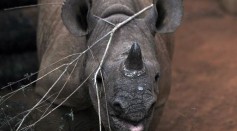
Hunter Pays $350,000 for the Opportunity to Kill Endangered Black Rhino, And He's A Conservationist
In Japan, Dolphin Controversy Continues Despite International Outcry
Panda Poo Reveals a Mismatched Gut
Record-Setting Drought Forces California Salmon to Take to the Highway
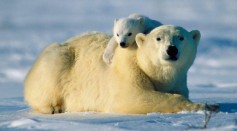
Zoos Raise Awareness of Endangered Species by Making their Animals Disappear
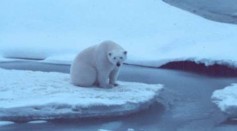
AS GLOBAL TEMPERATURES RISE, SPECIES MAY PLUMMET
The Quandaries of a Modern Ecologist—How Ecological ‘Flash Mobs’ Are More Like Magnets Than You Might Think
A Century of Climate Change—How the Complex Landscape of the Appalachian Forests Will Fare

New Fanged Frog Species Reveals Nurturing Side—First Live Tadpole Birth to Date

Monarch Butterflies Could Soon Be Deemed “Endangered”

Endangered Subspecies of Giraffe Born in Chester Zoo, Raising Hope For The Future of The Species
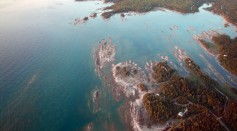
Great Lakes' Water Levels Cause Erosion Concern
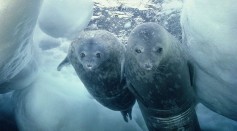
Seals May Use Earth’s Magnetic Field to Navigate
Most Popular

Search for Extraterrestrials: Senior Astronomer Suggests We May See Actual Alien Signal by 2036

Meet Goldene: The Free-Standing Sheet of Gold Only One Atom Thick

Eta Aquarids 2024: Halley's Comet Meteor Shower To Peak This Weekend; Here's How To Watch the Cosmic Light Show

'Ugliest Man' With Physical Deformity Finds Love Three Times; What Is Fibrodysplasia Ossificans Progressiva (FOP)?





!['Cosmic Glitch' in Einstein's Theory of General Relativity Could Be Explained in This New Scientific Tweak [Study]](https://1721181113.rsc.cdn77.org/data/thumbs/full/53435/258/146/50/40/cosmic-glitch-in-einsteins-theory-of-general-relativity-could-be-explained-in-this-new-scientific-tweak-study.jpeg)
